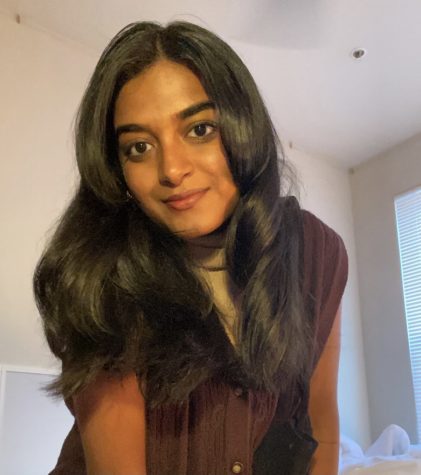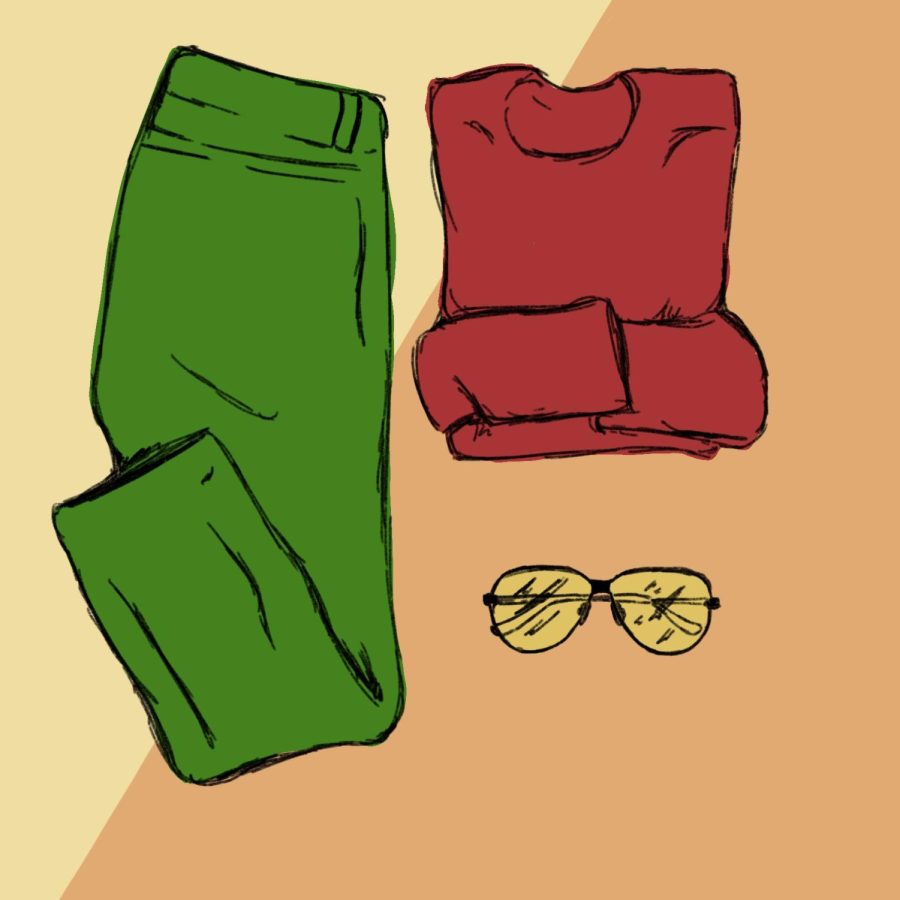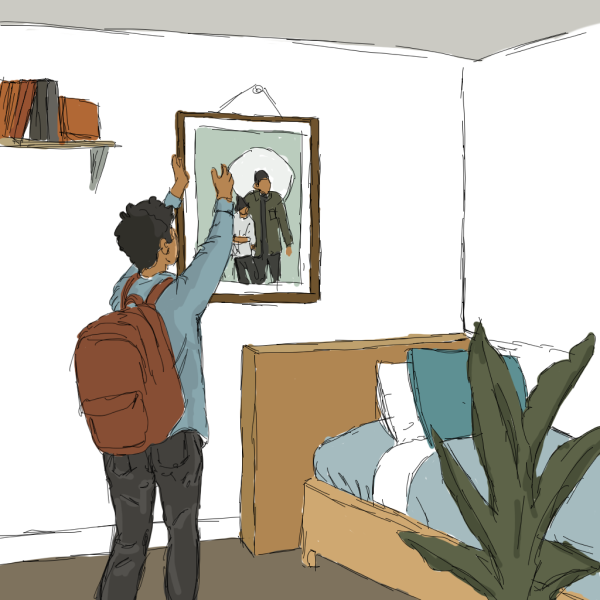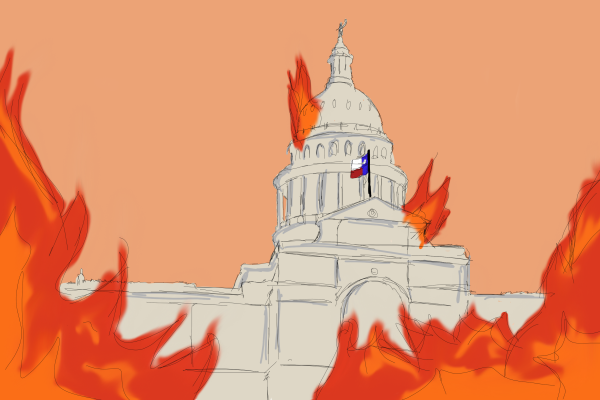Is summer fashion really that inclusive in 2022?
Runways put out their “best” so capitalism can make us feel our worst. This happens year-round, but the awareness of the common consumer heightens as they’re called to shed their sweaters in the summer heat. Western culture perpetuates the stereotype that everyone experiences summer fashion identically — we all feel comfortable showing skin in our bikinis and sundresses and truly feel invincible doing so. But this standard does not invite all to participate in summer fashion according to their distinct identities and experiences. We as a society and fashion as an industry need to stop imposing the same seasonal fashion ideals universally, especially on those that deal with body dysmorphia or mental illness and observe practices unique to cultural and religious customs.
We can acknowledge that the industry needs to do more while also recognizing the strides we are making as a society. Prior to the last couple of years, there was not a normalized space for plus-sized women and women of color to model the same clothes that thin white women were scouted for — think the Abercrombie & Fitches and the Brandy Melvilles of the world. And even when a woman of color was chosen to model for a brand, they would pick the most “palatable” and eurocentric woman of color to blend in with the other white models. If we dare add another layer to this, all these models were subject to extreme touch-ups and photoshop. Teenage girls and adult women were supposed to strive for these impossible ideals. Now we see plus-sized women photographed on billboards for Victoria’s Secret and the swimsuit aisles in Target displaying curvy women of color wearing bikinis with the sun hitting their skin, authentically being able to own their pores, scars and fat rolls. Marginalized body types are finally starting to be more widely represented.
Our society had to be put to trial in order for this change to actualize in today’s world. We must continue to question our current fashion norms because it’s still not enough — there are still people on the margins that have always been stuck on the outskirts, even with our current representation. Summer fashion is already difficult to navigate. With so many events and activities to attend, we, especially women, are expected to dress in line with the status quo. The mentality of “fun in the sun” and “suns out buns out” places a form of toxic positivity on how one must experience their summers and dress for them. These ideals especially affect those that are currently struggling with their mental health. This can be presented through conditions such as body dysmorphia or scarring from acts of self-harm. Individuals living with these conditions may not feel comfortable wearing revealing clothing that may make them feel like they’re on display. Wearing long sleeves for a beach trip or wearing sweatpants on a picnic date needs to be seen as a summer fashion norm to truly be inclusive.
There are also individuals who practice cultural and religious customs that are predominately not accounted for in “trendy” summer fashion styles. Many practicing Sikhs, for example, do not trim the hair on their body and head or wear revealing clothing as part of observing their religion. Having body hair has always been a source of pride for this community. Islam and Mormonism carry the similar religious practice of wearing modest clothing.
There are also specific garments such as turbans, hijabs, burqas, salwars, kurtas, saris, etc., that need to be identified as forms of summer fashion. Social media has brought a lot of awareness about these fashion choices, but it still remains limited to diasporic communities. Modest fashion being received as an identifiable category with curated fashion trends is a huge step towards inclusivity. It is seen just as beautiful and empowering as more revealing clothing is. This perspective needs to be further represented more organically on runways and retail stores.
What may come as a shock to most is there are still more identities that have to live with fashion expectations that do not include them. What about men’s fashion? The conversation for more inclusive men’s fashion is definitely lagging behind women’s fashion, mostly because of expectations associated with masculinity. Further, individuals with skin conditions and disabilities are regularly left out of this conversation, except for a select few celebrities. Queer identities have a stake in the fashion industry, mostly because of the stereotypes associated with their “amazing taste in fashion.” This expectation leaves out many queer individuals that exist outside of the “fashionable gay man” stereotype.
As summer comes around, we need to all be aware of our biases on how someone should dress as we run errands at our local grocery store or vacation in a foreign city. We are all free to wear clothing according to our personal preferences, not conforming to any restrictions or stereotypes associated with our identities and any supposed labels. Fashion is fluid, not bound to any perceptions that are dictated by mainstream media or even the overlords of the runways themselves.

Hello! I am a junior English and Business major with a minor in creative writing. As an opinions columnist, I’m passionate about exploring anthropological...











Sujatha Ravichandran • Apr 23, 2022 at 10:15 am
Excellent
Samhita • Apr 22, 2022 at 10:05 am
Such a great read! This piece led me to reevaluate some of my biases surrounding fashion. I loved the quote “fashion is fluid” and will definitely be adopting that mindset from now on 🙂